The promise of the Fischer Transalp Carbon Pro is realized: A 2+ buckle boot at home on the skin track and more aggressive descents.
Prologue
This past ski season, I reviewed in tandem the Fischer Transalp Carbon Ski Boot & Fischer Transalp 105 CTi Touring Ski. I type the boots and skis as “high-performance all-arounder” touring gear. That means they are light enough to be dedicated touring equipment and fun enough for an advanced skier to enjoy using them. They’re balanced in the middle of the uphill and downhill performance scale with an orientation towards high-level ski ability.
These days, there are many great options in the HPAA (that high-performance, all-arounder, of course) category. In my review of the Transalp 105 CTi skis, I tried my best to compare them to similar skis such as the Blizzard Zero G 105, Atomic Backland 107 & Black Crows Navis Freebird. I will do the same with the Transalp Carbon Pro boot. Hopefully, that’ll help paint a picture of the boot in a more global rather than singular/local way. Realistically, these boots rock, but so do a lot of other boots with similar weight and functionality.
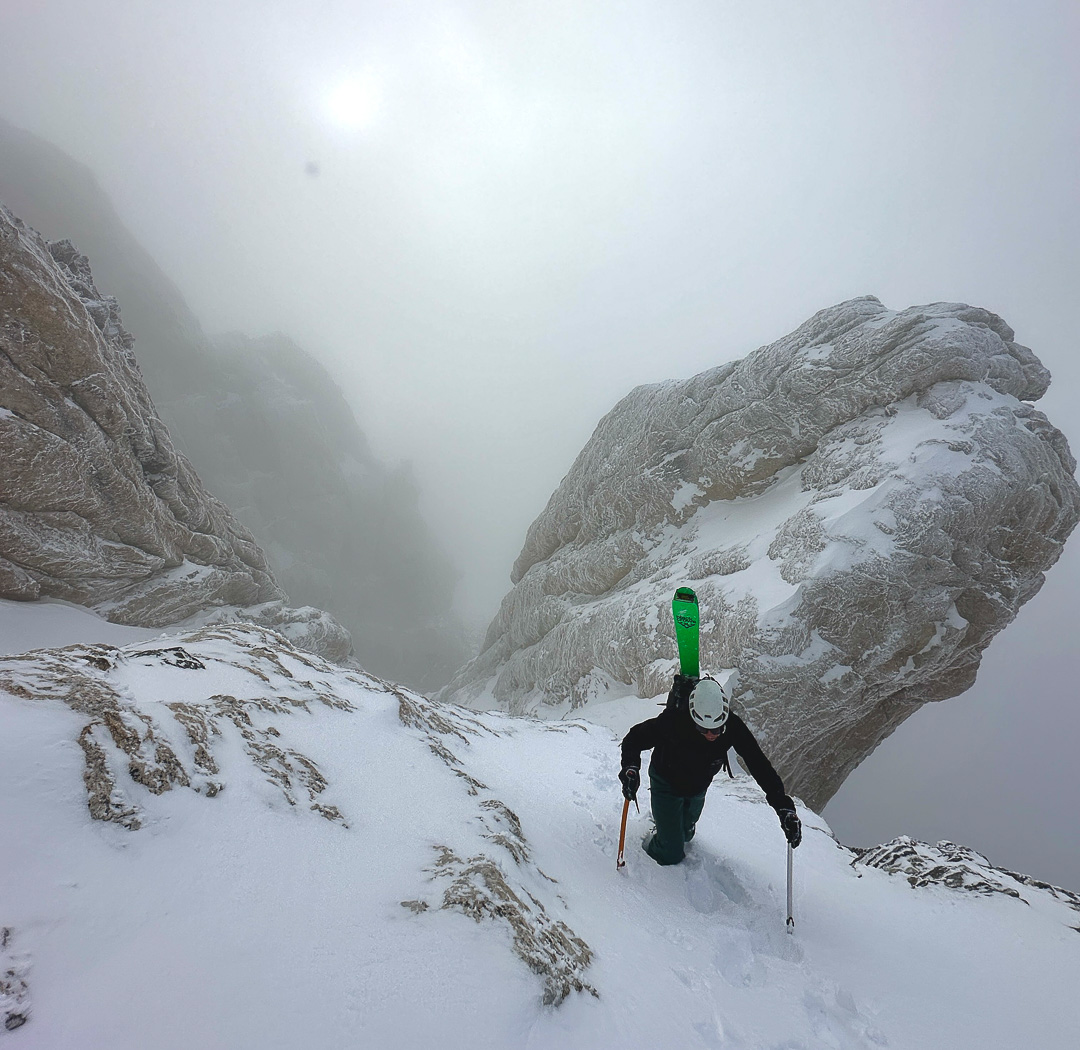
Overview
Fischer, in my eyes, brands itself an Austrian company with ski racing roots. People that I know who use Fischer gear grew up ski racing. They have that clinical downhill technique cultivated through racing gates, watching and dissecting footage of themselves racing gates, and, generally speaking, committing concerted practice to ski on ~packed powder~ and learning to carve (not slarve) turns. Their skiing style is typically powerful, balanced, and strong. The folks that I have in mind tend to draw beautiful lines with seemingly effortless ease. So, by the power of association, I categorize Fischer skis and boots, even the touring models, to have that clinical ski technique focus in mind. But I didn’t grow up racing, so maybe by stepping into a pair of Fischer boots and sliding on Fischer skis, I would receive a slice of that ski racing panache by proxy.
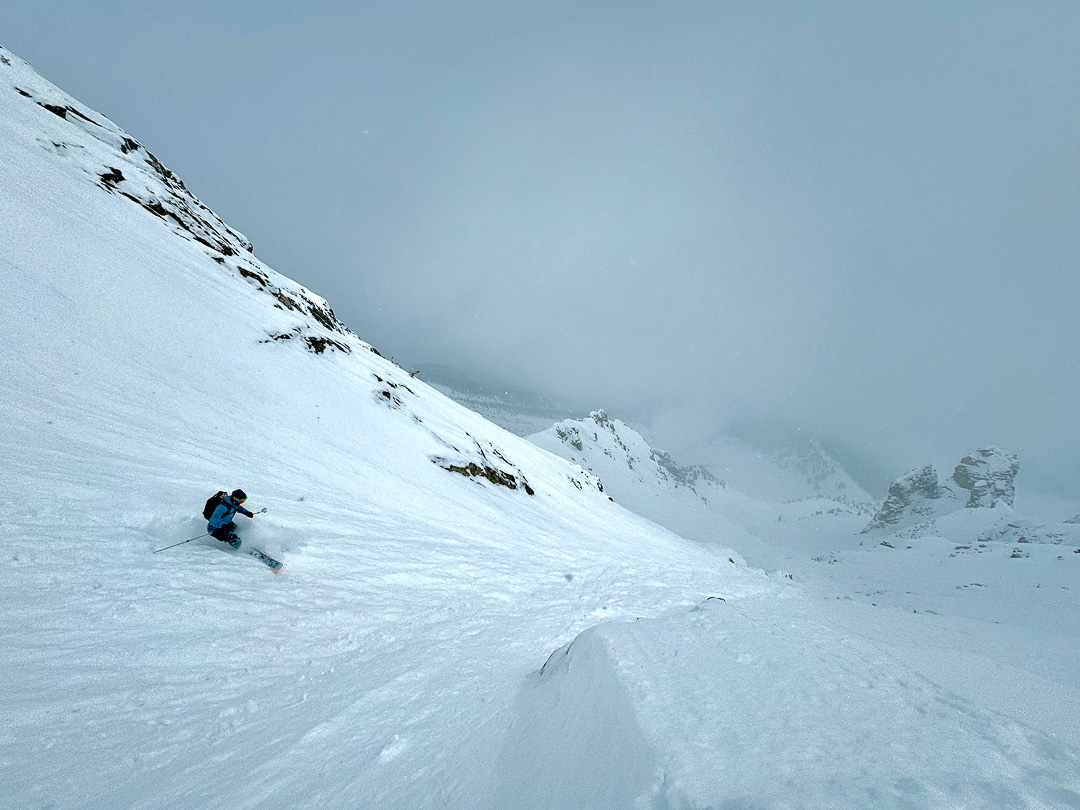
The Transalp Carbon Pro ski boot is the latest addition to the Transalp touring boot lineup, bringing the total of models in the series to five: Carbon Pro, Pro, Tour, Tour WS & TS. Here’s a model summary.
Transalp Boot Family
- Carbon Pro: Carbon-infused Pebex cuff & Pebex shell, 130 flex, 100mm last. This is the highest performance model with the same design as the Pro & Tour.
- Pro: Pebex cuff & shell, 120 flex, 100mm last. This is less stiff than the Carbon Pro (different material in the cuff) and shares the same design and functionality.
- Tour: TPU cuff & Pebex shell, 110 flex, 100mm last. It has the same design and fit as the Pro & Carbon Pro, but again, it is less stiff due to the different cuff material.
- Tour WS: TPU cuff & Pebex shell, 110 flex, 92mm last, available in smaller sizes (22.5<27.5). It has the same materials and design as the Tour, but it is offered in a lower volume fit and smaller sizes for smaller feet.
- TS: TPU cuff & shell, 100 flex, 100m last. The TS has minor design changes (different cuff strap and liner) and a full TPU construction to be affordable and approachable for a beginner-level skier.
In short, the Carbon Pro is the high-performance player in the Transalp series. I have a close friend and ski partner who uses the Transalp Pro. I tried on his boot and was craving a bit more support, though I thought the boot design was excellent. Alas, Fischer delivered with the Carbon Pro. It keeps the boot’s functionality while updating the materials, allowing higher performance with no weight penalty.
I hoped to use the Transalp Carbon Pro with larger skis (>100mm) on most ski tours minus the extra long or fast efforts. Back to the idea of HPAA: this boot works for 90% of ski tours. It’s light enough [for me] for almost any length of outing while being fun and responsive on the way down. Some boots similar to the Carbon Pro are the Tecnica Zero G Pro Tour, Atomic Backland XTD, and Dynafit Ridge Pro.
Design
The Transalp Carbon Pro ski boot feels robust and sturdy for weighing a modest 1400 grams. They stood up to >100 days of skiing without a single gear malfunction: No broken buckles, no blown-out gaiters (a common point of failure for the 2+ buckle boot category), and no torn-up liners. I had an end-of-season celebration of one for this small victory of gear preservation. Kudos to Fischer for building a durable and lightweight product.
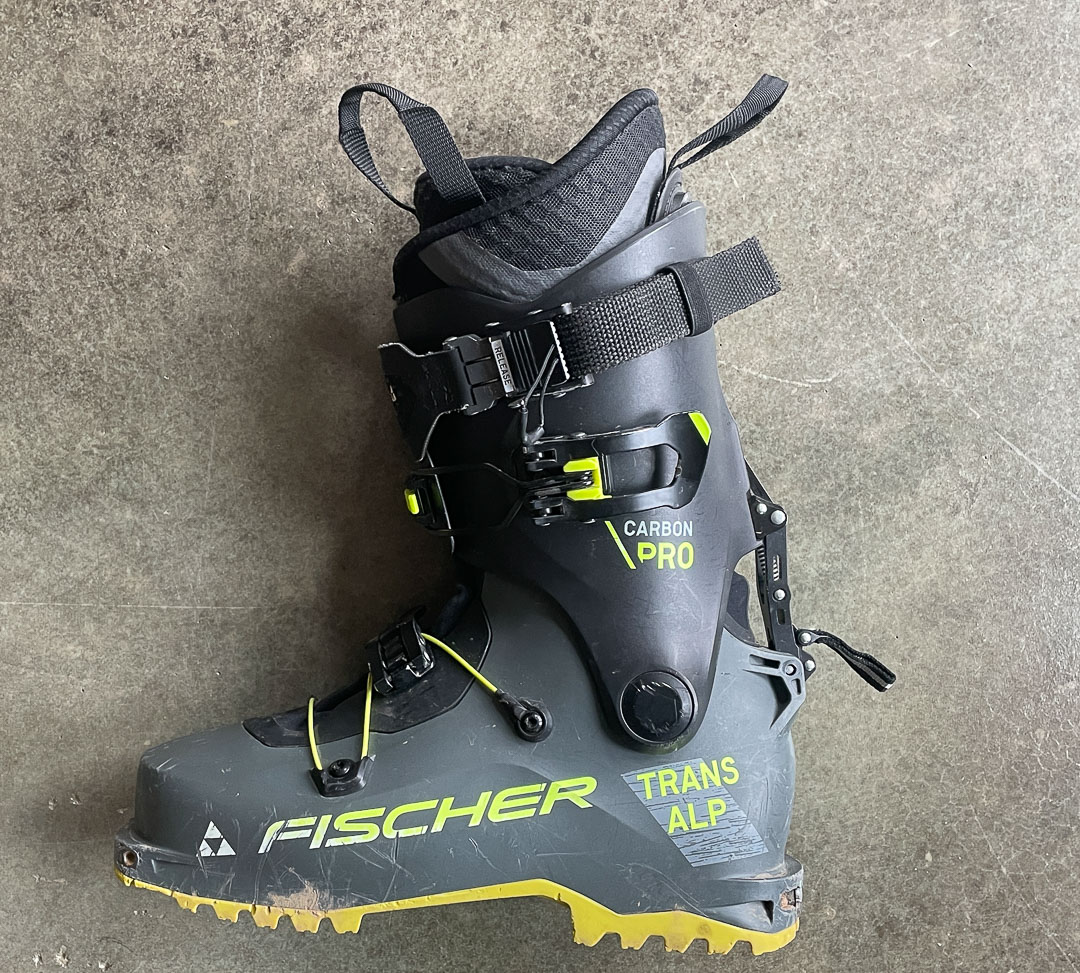
The cuff and shell buckles are simple and easy to operate. The downside of buckles compared to BOA style closures (or velcro straps for the cuff) is that they provide a lower resolution for adjustment. The upside is that they are more reliable and less prone to breaking. After replacing BOAs and tearing velcro straps on boots such as the Atomic Backland Carbon, Scarpa Alien RS, and F1, I’ve switched back to a full buckle preference.
I’m happy with the Transalp shell buckle. It’s a Z-cable style buckle, similar to the Backland Carbon. There are no complaints to note. The cuff buckle on the Transalp is equally functional. It’s a classic wire/ladder buckle with a keeper design. The channel in the buckle’s lever allows it to remain attached to the ladder while providing a large range of motion in uphill mode. I like keeping my cuff buckle attached to the ladder to avoid snagging and possibly breaking the buckle. So, having a large throw in the cuff buckle is a great inclusion in the buckle system. The last closure mechanism on the Transalp is the cuff buckle strap, which is excellent. The camming mechanism on the cuff strap is sturdy and easy to operate. The strap is wide, helping secure the cuff plastic and upper liner when cinched down. On the interior of the strap, there’s a sticky rubber patch that secures the placement more precisely than if it were just fabric.
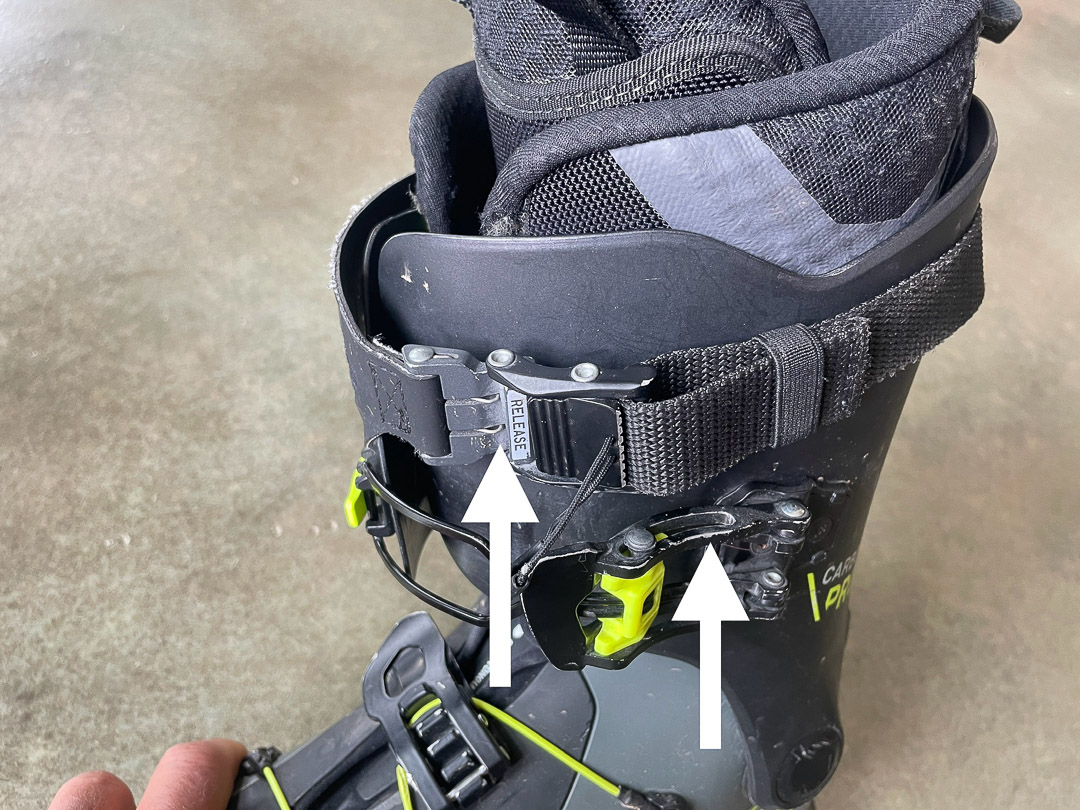
In summary, the Fischer closure mechanisms rock and are currently my buckle system of preference compared to the Zero G Tour Pro, Backland XTD, or Ridge Pro. A few notes on buckle comparisons across boots:
- Tecnica Zero G Tour Pro: The Zero Gs don’t have “throw” in the cuff buckles, which led me and many others to leave them fully unbuckled during uphill travel. This means they’re more prone to snagging, and the boot is too open, which lets snow in if you don’t have a powder cuff over the boot cuff. Also, the shell buckles on the boot are too low, leaving the lower of the two buckles nearly useless.
- Backland XTD: The XTD’s buckle system is very similar to the Trans Alp, though the Fischers have more ‘throw’ in the cuff buckle, giving a better uphill range of motion. Otherwise, there’s a similar Z-style shell buckle and cuff strap.
- Ridge Pro: The Ridge Pro has an excellent uphill range of motion and a convenient one-step transition system. The benefit of the BOA style shell closure is that it really locks your heel into the boot in downhill mode, but at the same time, it brings up long-term durability concerns. This boot has an innovative and far-from-traditional buckle system that makes it ski uphill and downhill exceptionally well, though at the expense of durability.
The keystone of the Transalps’ balance of uphill and downhill performance is its 2+ buckle design. Gavin spoke to this boot style in our First Look of the Transalp. The Zero G is the benchmark for traditional four-buckle touring boot design and works really well. Go to any busy trailhead of the Intermountain West, and you’ll surely find a pair of these boots while walking around the parking lot. However, more recently, brands are moving towards a 2+ buckle design. An exchange of the full-coverage overlap cuff for a gaiter and partial-coverage cuff provides a better range of motion with what I’ve found to be comparable downhill performance.
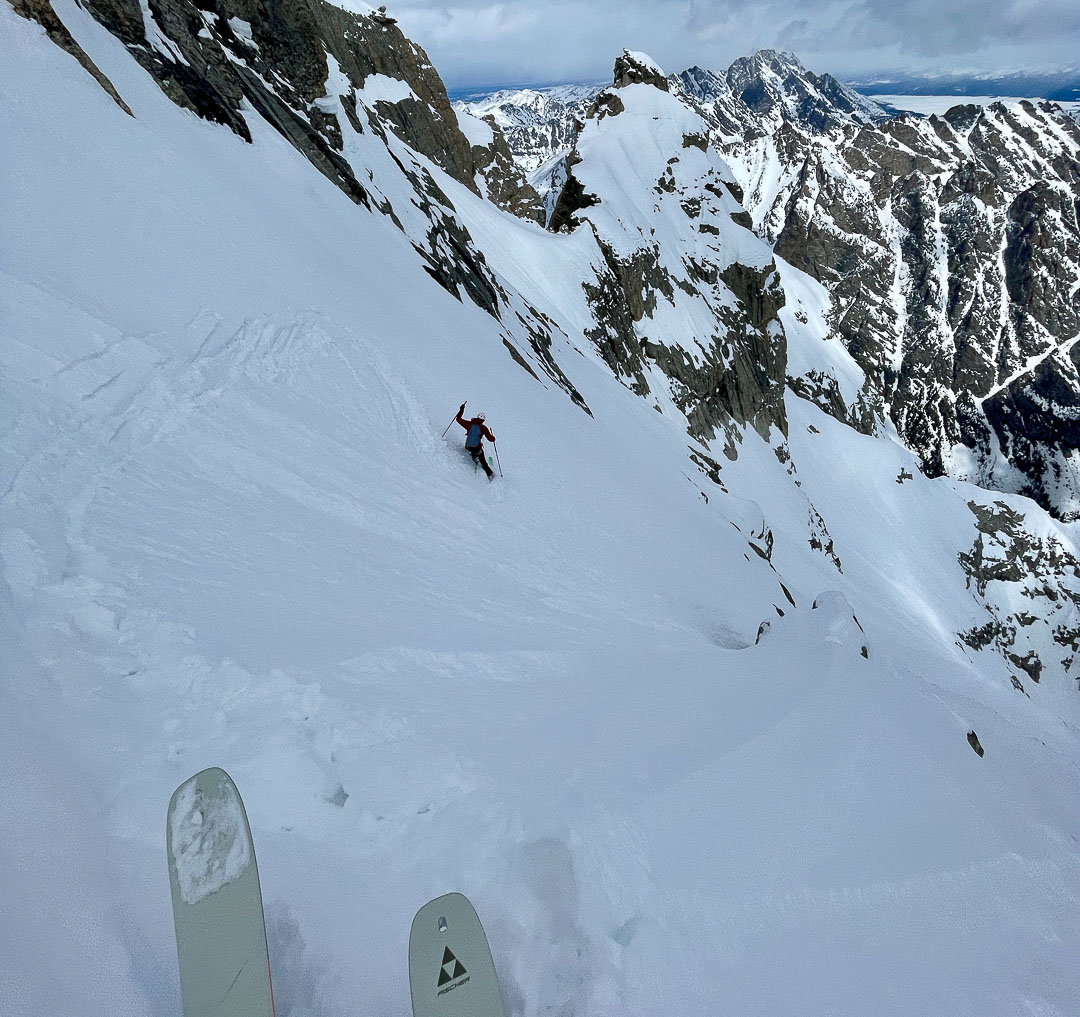
An additional benefit of a shell gaiter is that the Transalp stays much drier when boot packing or in deep, wet snow. The traditional overlap of a Zero G lets water in and eventually turns feet swampy and cold. I was out skiing with my good friend Aidan. He was in Zero Gs. I was in Transalps. After a March day of boot packing and powder skiing, he sustained persistent sensitivity from cold, wet feet while my feet were as happy as Larry. That day was enough evidence for Aidan to switch to the Fischers for next season.
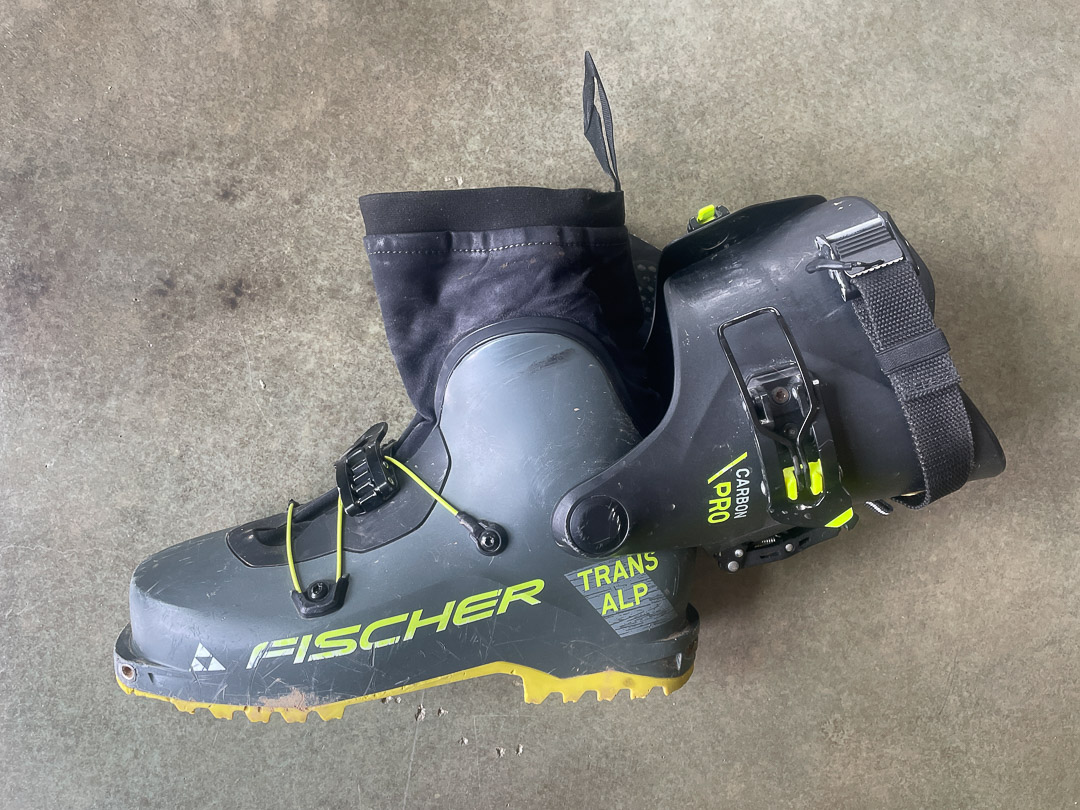
Fit
The Transalp has a funky fit. The toe box is narrow, the instep and heel box are medium volume, and the cuff is very high volume. I have a narrow-medium volume foot, a standard arch, and a high-volume calf. The Transalp is always tight on my toes, fits great on the rest of my foot, and has a surprising amount of room in the cuff. I maxed out the cuff buckle halfway through the season with the stock liner. The excess cuff volume is unusual, considering I have Clydesdale-level leg volume. In general, the fit was good enough. A slightly wider toe box and lower volume cuff would provide a more universal fit. The benefit of a Pebex shell is that it’s easier for bootfitters to tweak and tinker with than Grilamid (Zero G & Ridge Pro). I’m unsure how the Polyamide shell of Backland’s compares in terms of moldability.
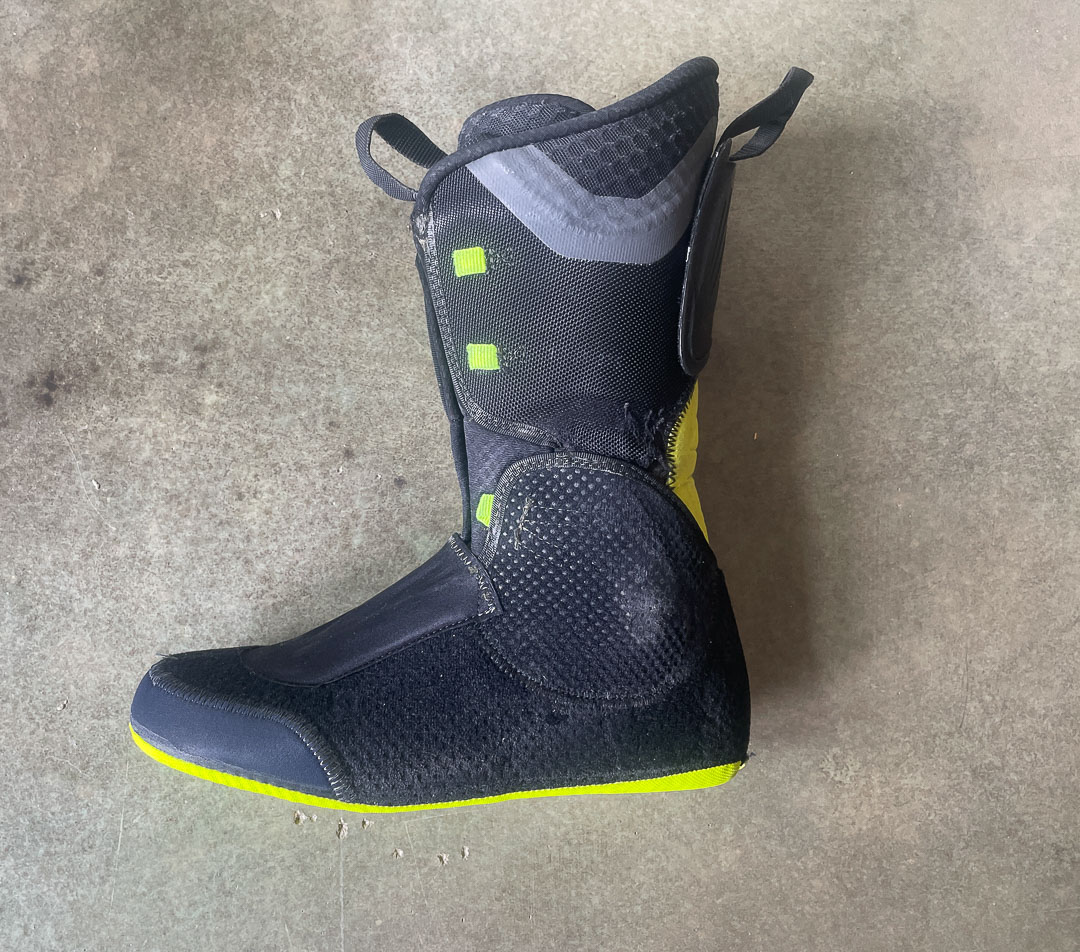
The Fischer liner is a premium, well-designed product, especially compared to the Zero G or Ridge Pro stock liners. The XTD liner is a slight step below the Transalp in quality, although still worthwhile. I skied the liners out of the box without heat molding, hoping to extend their life and find them to fit just fine. I liked the included plastic spoiler to reduce space in the cuff and give a few degrees of forward lean. The liners did get to become diabolically smelly, even with boot dryer maintenance after every tour. But that sounds like a me problem (TMI?).
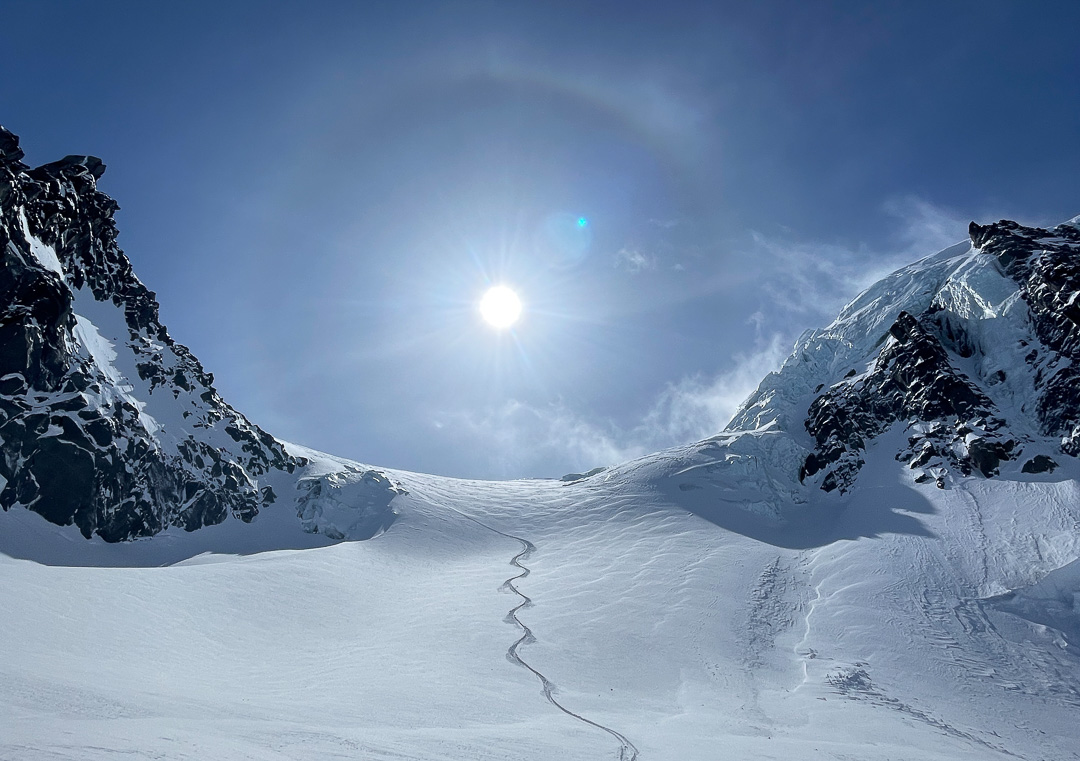
Testing
I was a devout Zero G Tour Pro guy before wearing the Transalps this season. I still have the Tecnica boots. Though, I only used them once this season as a point of comparison to verify that the Transalps are as bitchin’ as I believed them to be. The Tecnicas weren’t my only boots collecting dust in the garage. My Atomic Backlands were equally neglected. Historically, I used the Tecnicas for midwinter and the Backlands for spring. I found the Transalps to split the difference between the two boots: the downhill performance of a traditional four-buckle boot and the ease and range of motion similar to a two-buckle boot. It feels like a Goldilocks scenario for my style of backcountry skiing.
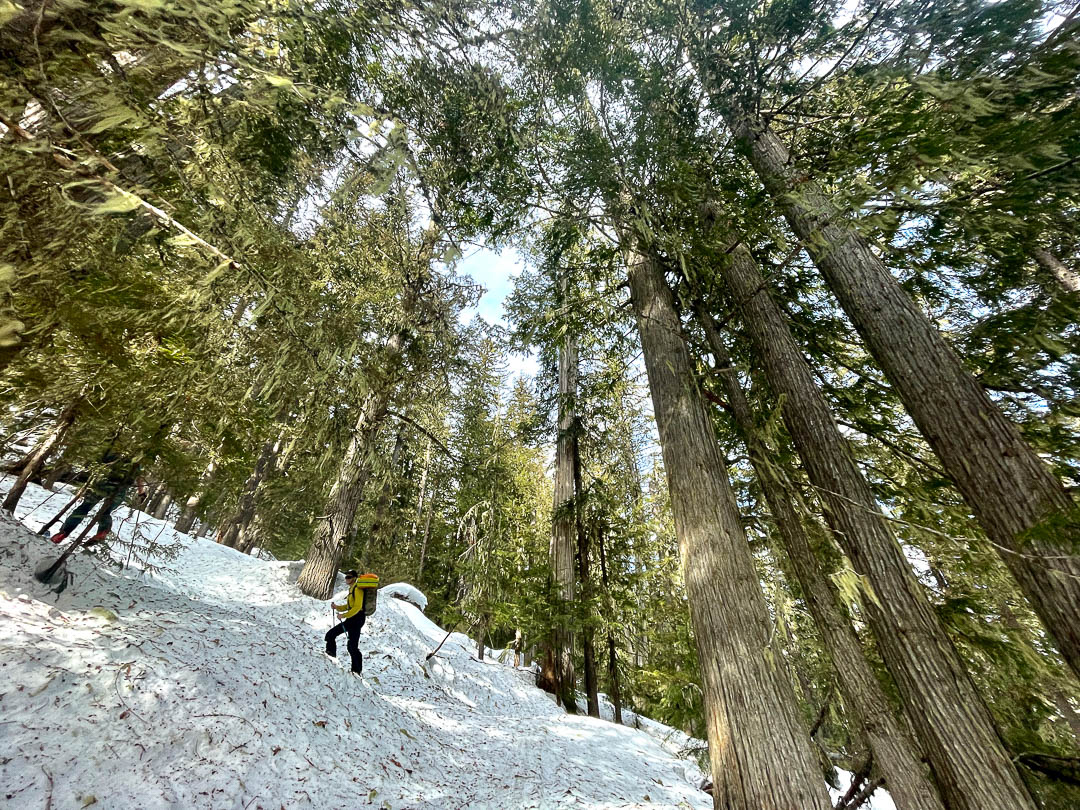
A memorable day out in the Transalps was this spring in Revelstoke (I briefly mentioned this story in my Transalp 105 CTi gear review, so bear with me for the long-form version). My longtime friend Sheamus and I coordinated to ski Mt Begbie with a local guy we met a year back in Salt Lake City. His name was Dan. Dan invited his buddy Dave. Dan & Dave were extremely Canadian. They ate meat sticks and ripped darts. They work as an avalanche technician and a heli guide, respectively. They shared stories of understated local adventures, contentious hockey games, and recent truck repairs. It was an exquisite cultural insight into interior British Columbia (or at least I romantically defined it as such).
We began the day ascending through an old-growth cedar forest. Mossy and lush. Eventually, we crested the treeline, crossed the moraine, and continued ascending the pocket glacier of Mt. Begbie to its broad NE face. The final portion of the climb included scrambling a fun, exposed ridge. Once on top, after another meat stick and cigarette, we descended the NE face. The same face that we inspected on our ascent and that we could see from any clear line of sight in downtown Revelstoke. We were stoked.
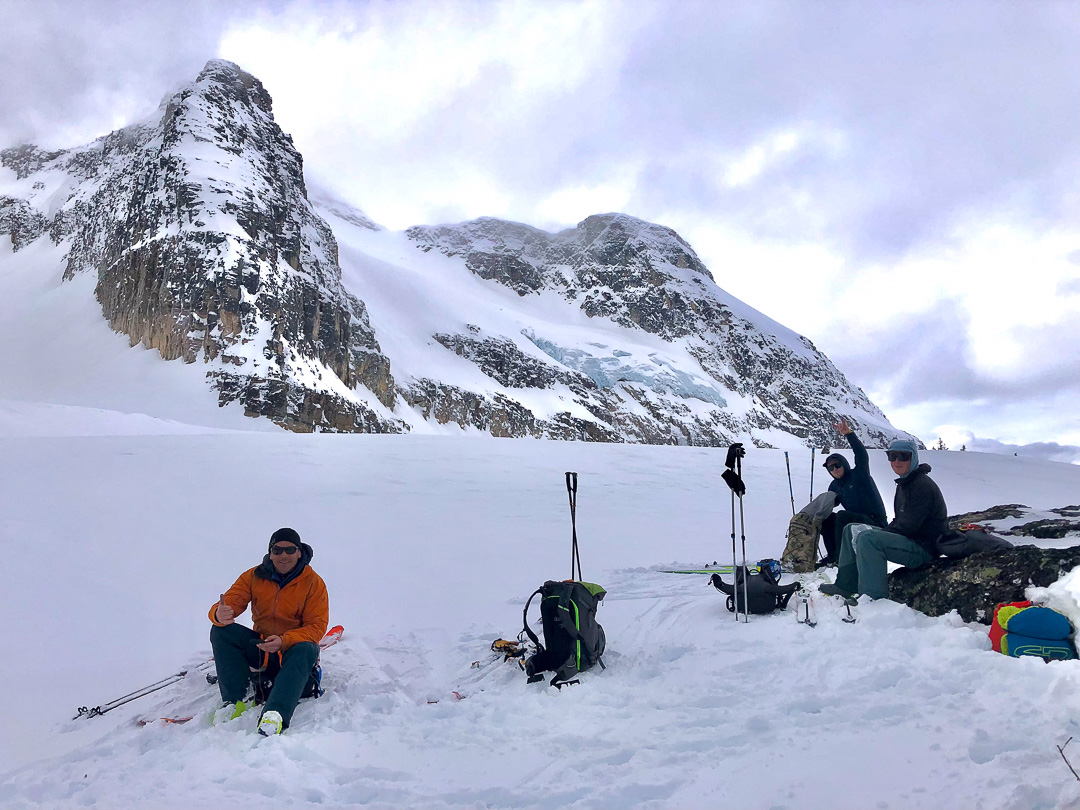
I had the Fischer Transalps boots and skis. They were ideal: light, nimble, and playful. The boots were comfortable for the full 7000’ of climbing from the valley bottom to Begbie summit and could keep the touring at a light effort. Once on the downhill, I was still spry enough to bounce around and confidently enjoy the classic descent. It demonstrated the confluence of two-buckle uphill performance and four-buckle downhill competence of the Transalp Carbon Pro. That outing was a highlight of my season, mainly because of the opportunity to connect with passionate people from a different sector of the Rocky Mountains—sharing stories, ideas, trips, and passion. I’ll tip my hat to the Transalp boots and skis for making the uphill manageable enough to maintain conversation and for making the downhill an endorphin-fueled, playful ski run. Good gear doesn’t make good times, but it sure does facilitate them.
Conclusion
Circling back to the thesis of this review, yes, the Fischer Transalp Carbon Pro boots walk and ski very well. They sit alongside other popular offerings in the HPAA category, such as the Tecnica Zero G Tour Pro, Atomic Backland XTD & Dynafit Ridge Pro.
What sets the Transalp apart from these boots? The range/ease of motion in the Transalp is better than the Zero G, comparable to the XTDs & not quite as good as the Ridge Pro. The downhill performance (stiffness and progressive flex) is very similar amongst all four boots (maybe ask your local ski racing bred friend to provide more nuance in this department. They all ski pretty damn well in my opinion). I suspect the Transalps (and XTDs) to be more waterproof and durable than the Ridge Pro and Zero because of their gaiter and traditional buckles. However, I haven’t skied on the Dynafits or Atomics long enough to speak to long-term durability. All of the boots are about 1400 grams. All of them have a different fit. Hopefully, that provides some points of comparison without being overly simplified or reductionist.
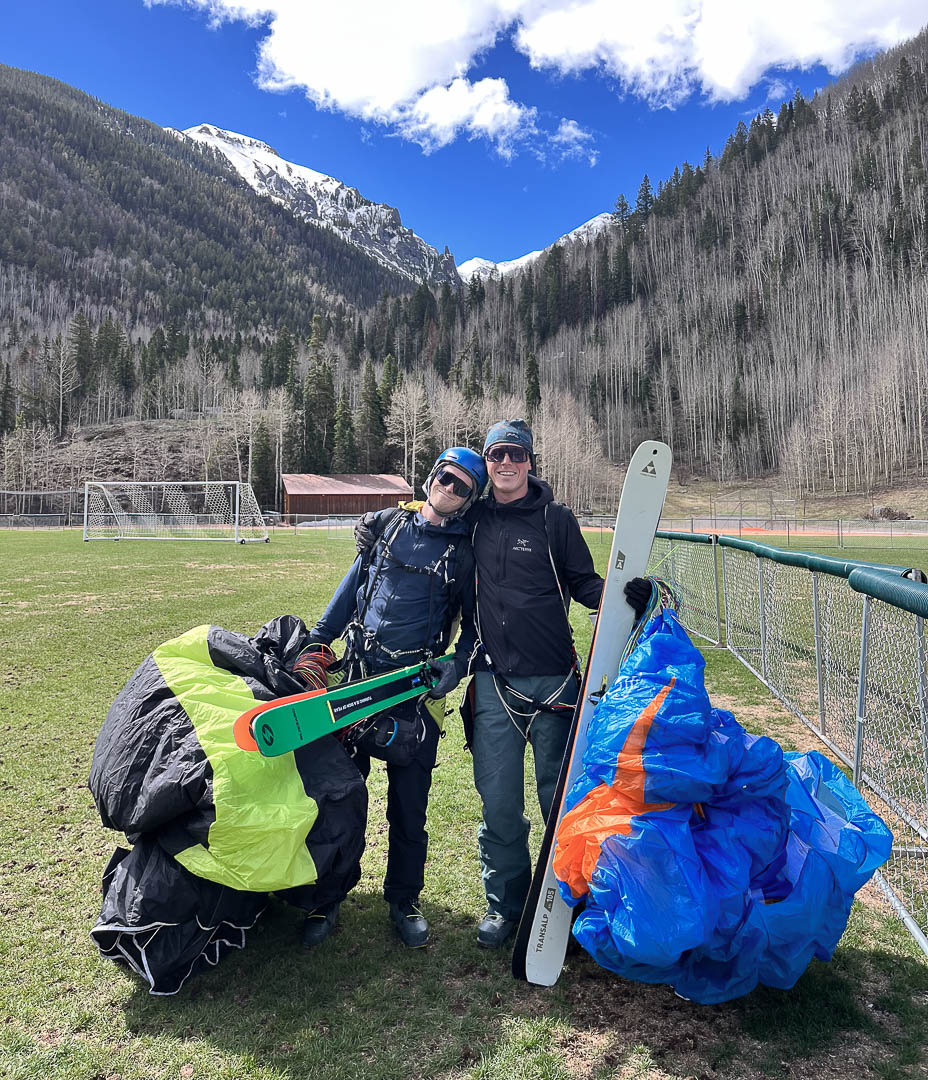

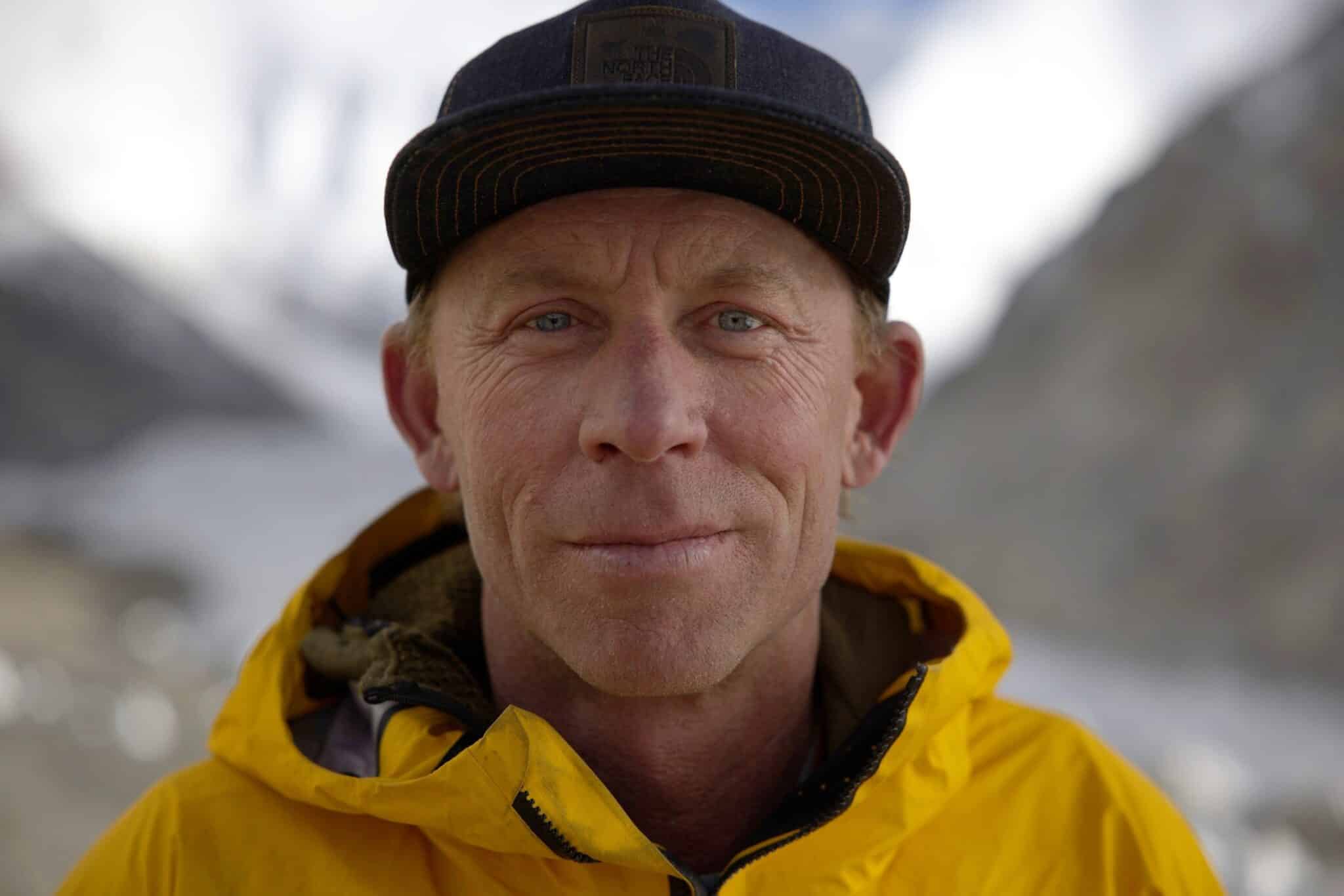
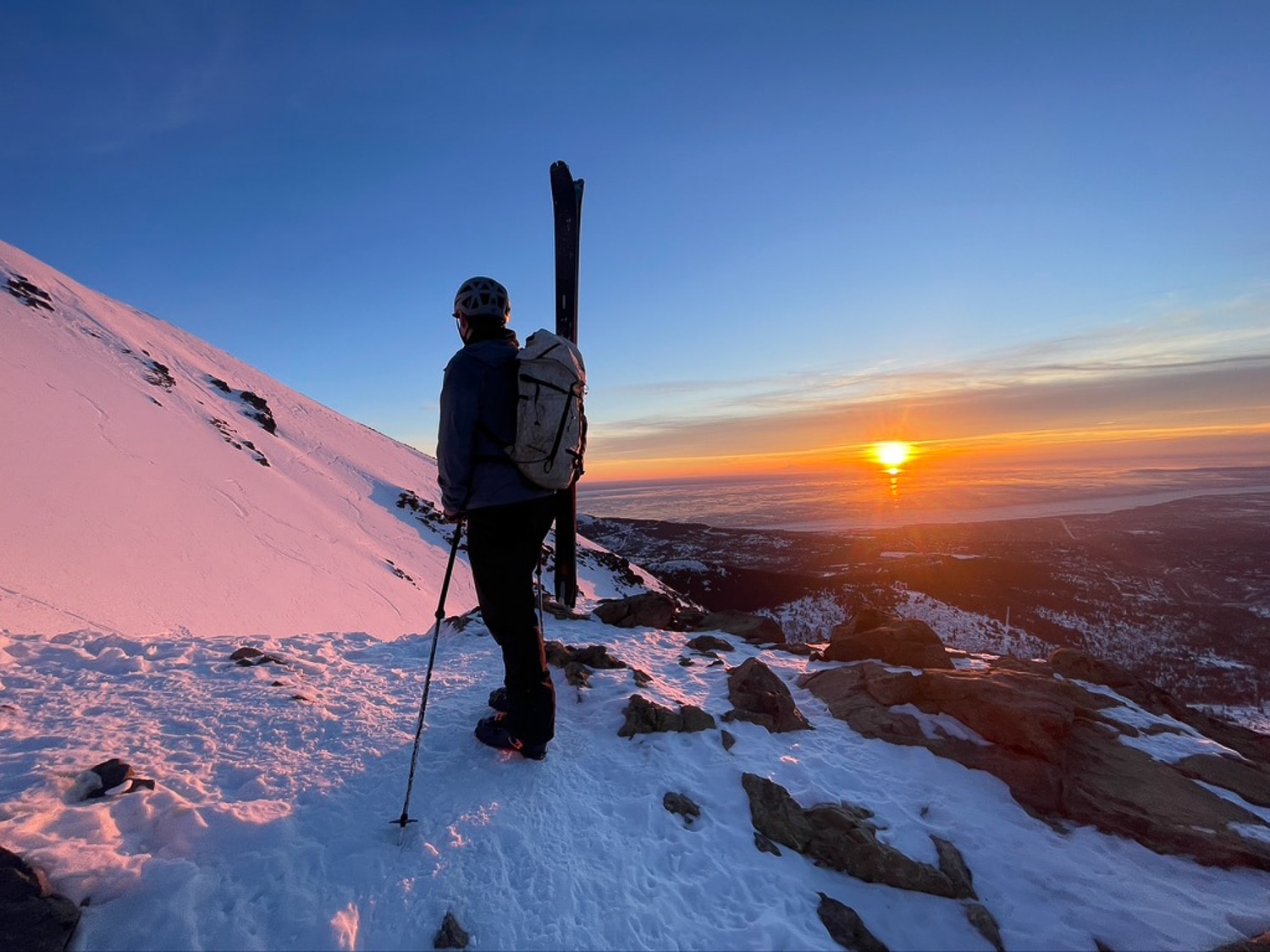
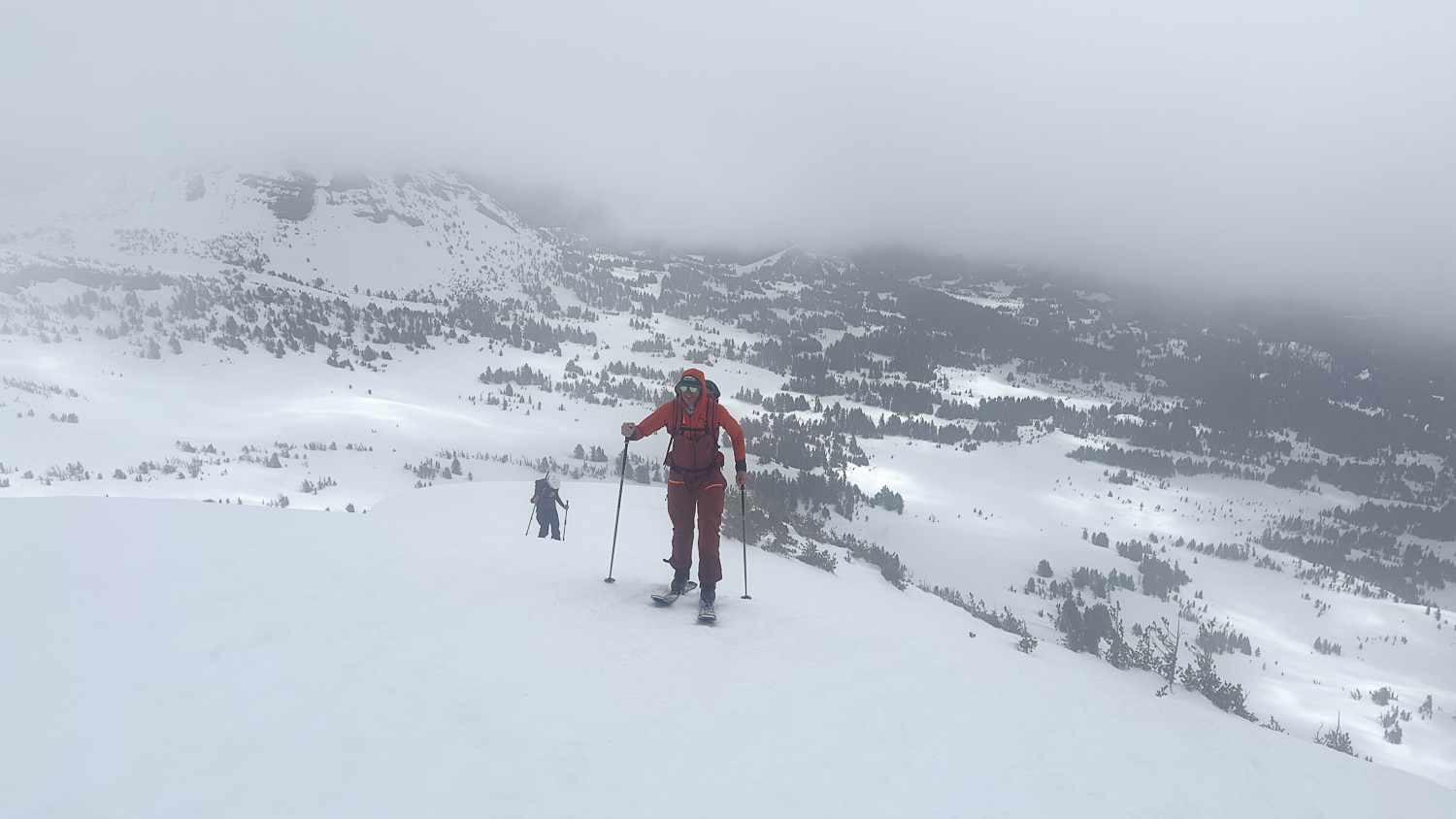
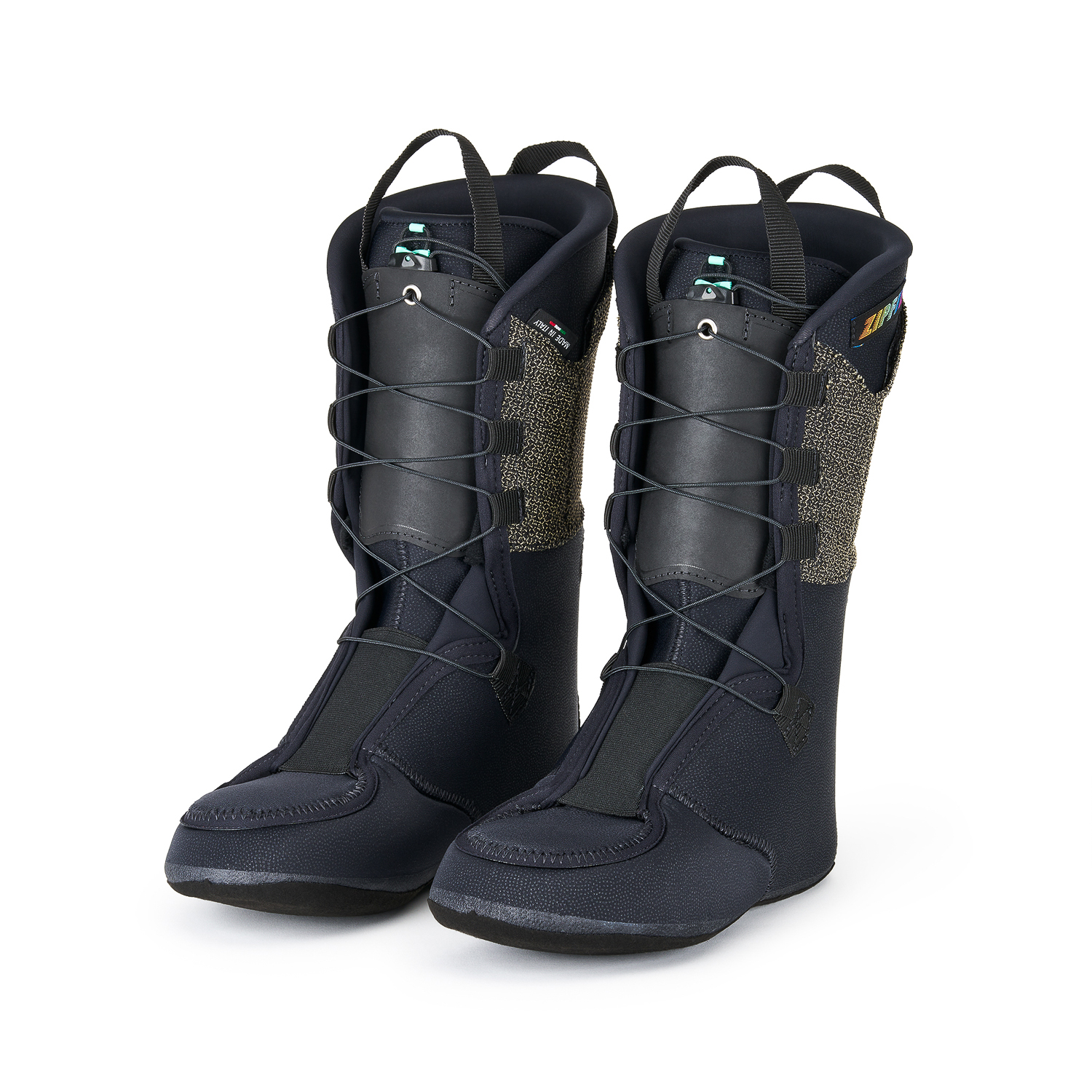
Leave a Reply
You must be logged in to post a comment.